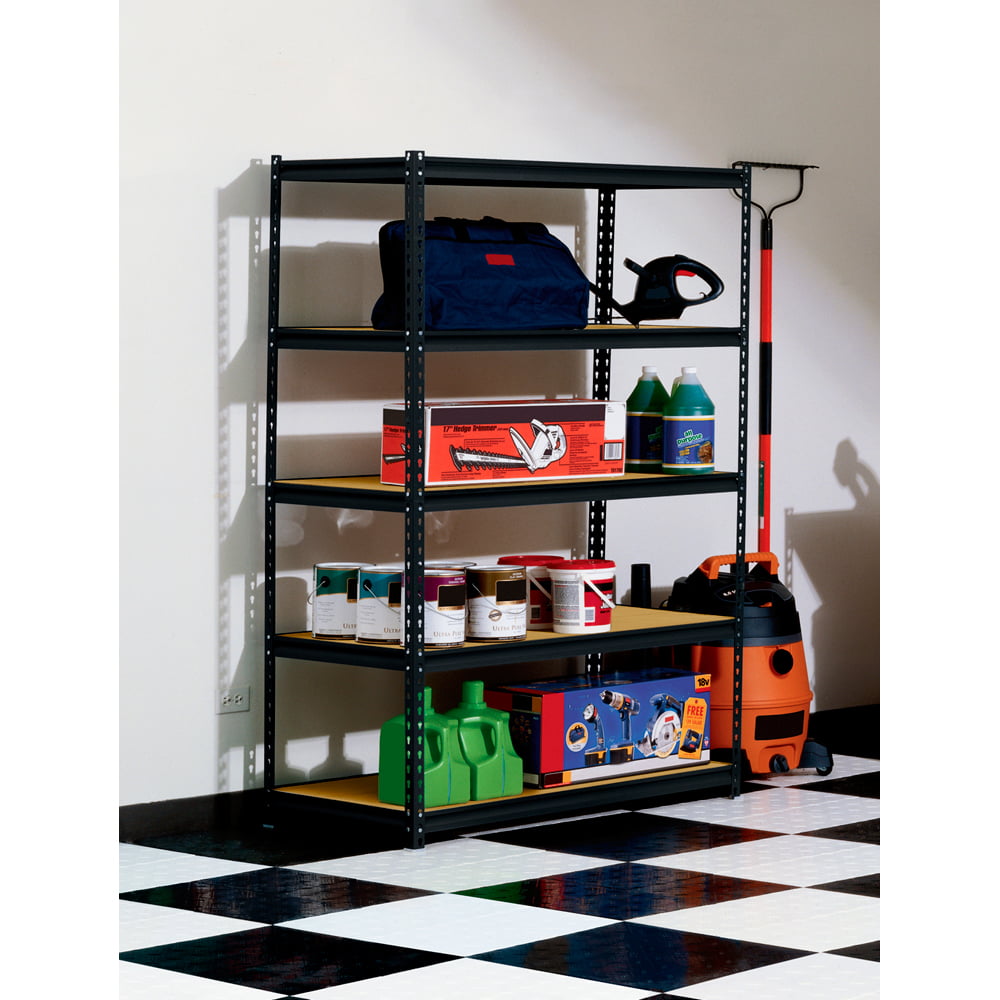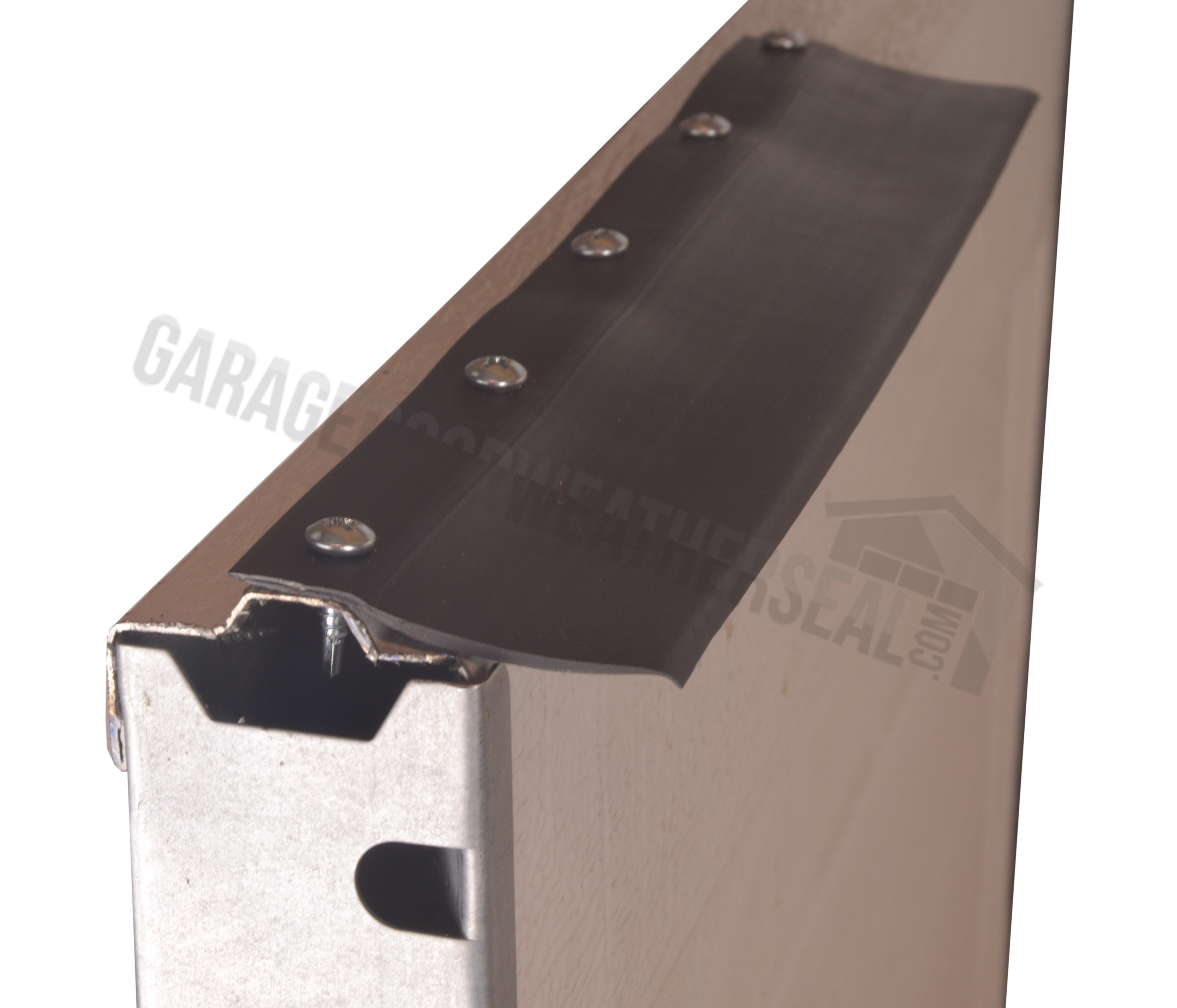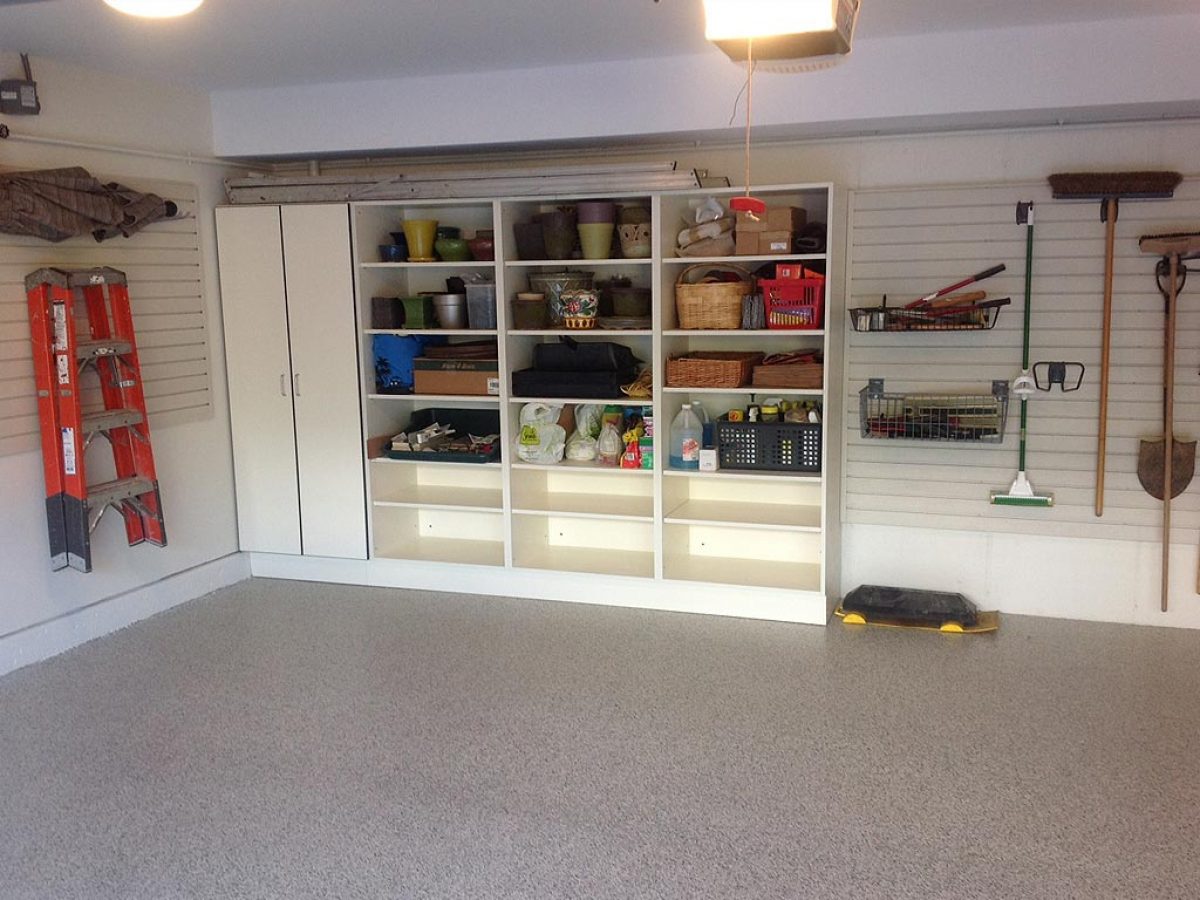
It's a great idea to turn your garage into a workshop. Although it may seem overwhelming, the final result is well worth the effort.
Typically, the first step is to clear out any junk and clutter that has accumulated in your garage over time. This includes old tools, lawnmowers, gardening gear, unused machines, and any other items that you don't need.
After clearing the space, you can begin to plan your workspace. This will help to decide how much space should you give yourself, and what kind of projects to work on.
You should make sure you have a separate section for scraps, raw materials, and machinery. This will prevent everything from getting mixed up.

You might also consider creating a storage space where you can keep the tools and supplies you use frequently. You can use plastic bins or a shelf organizer to store your tools. You can also add a large, heavy-duty job box to store more specialized items and equipment.
Organization is a key factor in transforming your garage into a workshop. You want to have easy access to the tools and materials you need without wasting time looking through bins or boxes. Overhead storage racks can also be used to keep tools out of the way.
Another option is to install a pegboard. These are ideal for lightweight tools that don’t have to hang on a walls and small containers that contain nuts, bolts, or other hardware.
Once you have created your workshop, you need to make sure it is adequately ventilated. Do not work in a darkened or cramped environment that can lead to injury, or even death.
It is important to ensure that there is enough natural light in your area and sufficient lighting. This will make your work more efficient and prevent accidents.

There are many tools that you will need depending on your work. You might need a chopsaw or an arc saw if you are working with metal.
If you plan to do some painting or staining, you might need to have some chemicals and paints around to help you get the job done right. It is easier to locate these supplies and do the repairs that you need by having them all in one place.
This will also save you money on replacement products, and will make your workshop safer to work in.
In order to keep your workshop breathable and safe from toxic air, it is worth installing a ventilation fan. You have the option of installing a window screen to reduce the amount of air entering your workspace or an exhaust fan to clean out the dust and debris.
FAQ
What is included in a full kitchen remodel?
A full kitchen remodels more than just a new sink and faucet. There are cabinets, countertops as well, lighting fixtures and flooring.
A complete kitchen remodel allows homeowners the opportunity to upgrade their kitchens without any major construction. This allows the homeowner to update their kitchens without having to demolish any existing structures, making it easier for the contractor as well.
Many services are required for kitchen renovations, such as electrical, plumbing and HVAC. Depending on the extent of the kitchen remodel, multiple contractors may be required.
A team of professionals is the best way to ensure that a kitchen remodel runs smoothly. Small issues can lead to delays when there are many moving parts involved in a kitchen remodel. You should plan ahead and prepare a backup plan for any unexpected situations if you decide to DIY.
What is the difference between a remodel and a renovation?
Remodeling is any major transformation of a room or portion of a bedroom. A renovation refers to minor changes made to a particular room or area of a given room. For example, a bathroom remodeling project is considered a major one, while an upgrade to a sink faucet would be considered a minor job.
Remodeling involves replacing a complete room or a part of a entire room. A renovation is merely changing something in a particular room. Kitchen remodels can include changing countertops, sinks, appliances and lighting. But a kitchen update could include painting the wall color or installing a new light fixture.
What is the difference between building a new home and gutting a current one?
The process of gutting a house involves removing all contents inside the building. This includes walls, floors and ceilings, plumbing, electrical wiring and appliances. Gutting is done when you want to make some modifications before moving in. The cost of gutting a home can be quite expensive due to the complexity involved. Depending on what job you do, the average cost for gutting a house is $10,000 to $20,000
Building a home means that a builder constructs a house piece by piece, then adds windows, doors, cabinets and countertops to it. This usually happens after you have purchased lots of lands. It is usually cheaper than gutting a house and will cost around $15,000 to $30,000.
It all depends on what you plan to do with your space. If you are looking to renovate a home, it will likely cost you more as you will be starting from scratch. However, if you want to build a home, you won't have to worry about ripping everything apart and redoing everything. You can build it as you wish, instead of waiting to have someone else tear it apart.
What order should you renovate your house?
First, the roof. Second, the plumbing. The third is the electrical wiring. Fourth, the walls. Fifth, the floors. Sixth, the windows. Seventh, doors. Eighth is the kitchen. Ninth, the bathrooms. Tenth, the garage.
Finally, after all this work is done, you'll have everything you need to get into the attic.
It is possible to hire someone who knows how to renovate your house. You will need patience, time, and effort when renovating your own home. You will also need to spend money. If you don't have the time or money to do all the work, why not hire someone else?
While renovations can be costly, they can help you save a lot of money over the long-term. Plus, having a beautiful home makes life better.
How can you tell if your house needs renovations or a remodel?
First, you should look at whether your home has been updated recently. It may be time for a renovation if your home hasn't been updated in a while. However, a remodel might be the best option for you if your home seems brand-new.
Second, make sure to inspect the state of your home. A renovation may be necessary if your home has holes in its drywall, cracked wallpaper, or missing tiles. It's possible to remodel your home if it looks good.
The general condition of your home is another important factor. Are the structural integrity and aesthetics of your home? Do the rooms look clean? Are the floors clean? These are vital questions to ask when you decide which type of renovation should be done.
How much does it cost for a shower to be tiled?
If you want to do it yourself, go big. A complete bathroom remodel is an investment. When you consider the long-term benefit of having a beautiful space for many years, it is a smart decision to invest in quality fixtures and materials.
The right tiles can make a huge difference in how your room looks and feels. So whether you're planning a small project or a major renovation, here's a quick guide to help you choose the best products for your home.
First, choose the flooring type you wish to use. There are many options for flooring, including ceramics, porcelain, stone and natural wood. Select a style, such as classic subway tiles or geometric patterns. Select a color palette.
A large bathroom remodel will require you to match the tile in the room. For example, you might opt for white subway tile in your kitchen or bath and choose darker colors elsewhere.
Next, consider the size of your project. Is it time for a small update to the powder room? Would you prefer to add a walk in closet to your master bedroom?
Once you've determined the project's scope, visit local stores and check out samples. This way, you can get a feel for the product and its installation techniques.
Finally, shop online for great deals on ceramic and porcelain tiles. Many retailers offer free shipping and discounts on bulk purchases.
Statistics
- About 33 percent of people report renovating their primary bedroom to increase livability and overall function. (rocketmortgage.com)
- bathroom5%Siding3 – 5%Windows3 – 4%Patio or backyard2 – (rocketmortgage.com)
- $320,976Additional home value: $152,996Return on investment: 48%Mid-range average cost: $156,741Additional home value: $85,672Return on investment: (rocketmortgage.com)
- Windows 3 – 4% Patio or backyard 2 – 5% (rocketmortgage.com)
- 55%Universal average cost: $38,813Additional home value: $22,475Return on investment: 58%Mid-range average cost: $24,424Additional home value: $14,671Return on investment: (rocketmortgage.com)
External Links
How To
Is a permit required for home renovation?
If you're going to renovate your house, make sure you do it right. Every construction project that affects the exterior walls of your property requires building permits. This includes adding an addition, remodeling your kitchen, replacing windows, etc.
There could be serious consequences if your decision to renovate your house without a building permit is made. For example, you may face fines or even legal action against you if someone is injured during the renovation process.
Most states require all people working on residential structures to have a building permit. Many cities and counties require that homeowners apply for a building permit prior to beginning any construction project.
Building permits are usually issued by local government agencies like the city hall, county courthouse or town hall. But they can also be obtained online or via phone.
It would be better to obtain a building permit. It ensures that the project is compliant with local safety standards as well as fire codes and structural integrity requirements.
A building inspector, for instance will verify that the structure complies with current building code requirements.
Inspectors will also ensure that the deck's planks can support the weight of whatever is being placed upon them. Inspectors will also examine the structure for cracks, water damage and other problems.
Contractors can start the renovations only after the building permit approval has been received. However, if the contractor fails to obtain the necessary permits, he or she could be fined or even arrested.